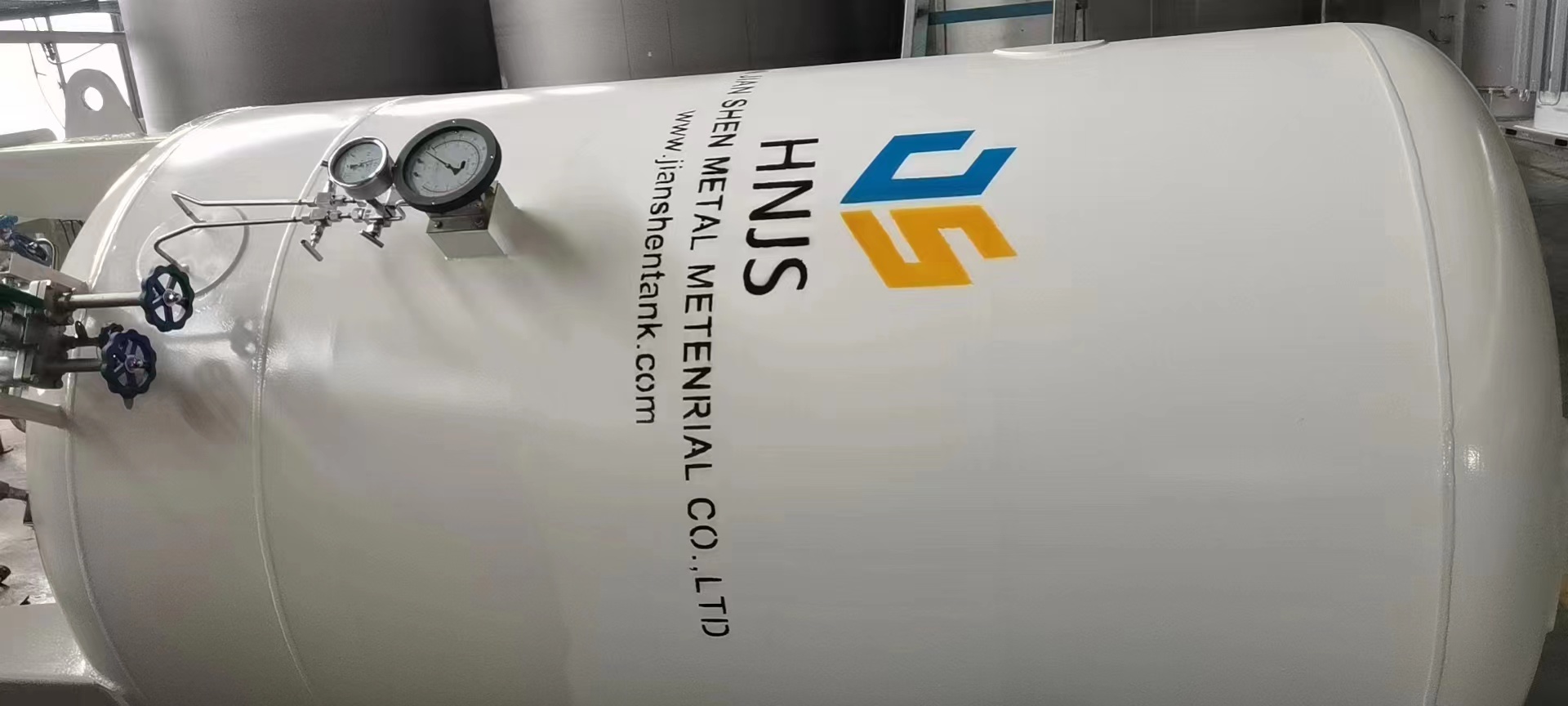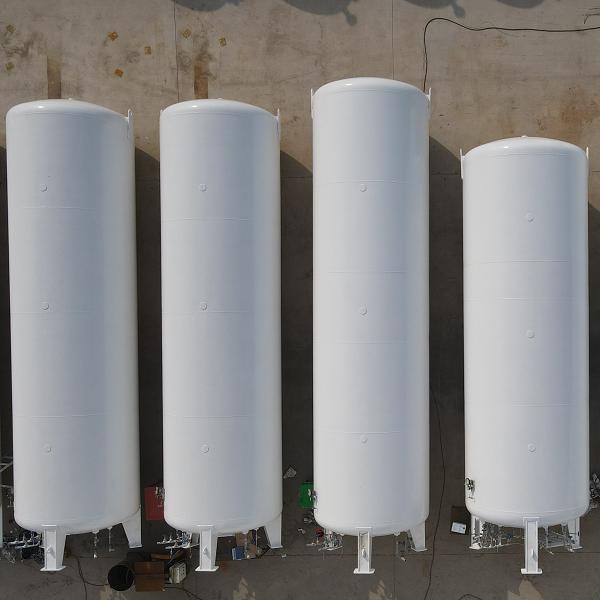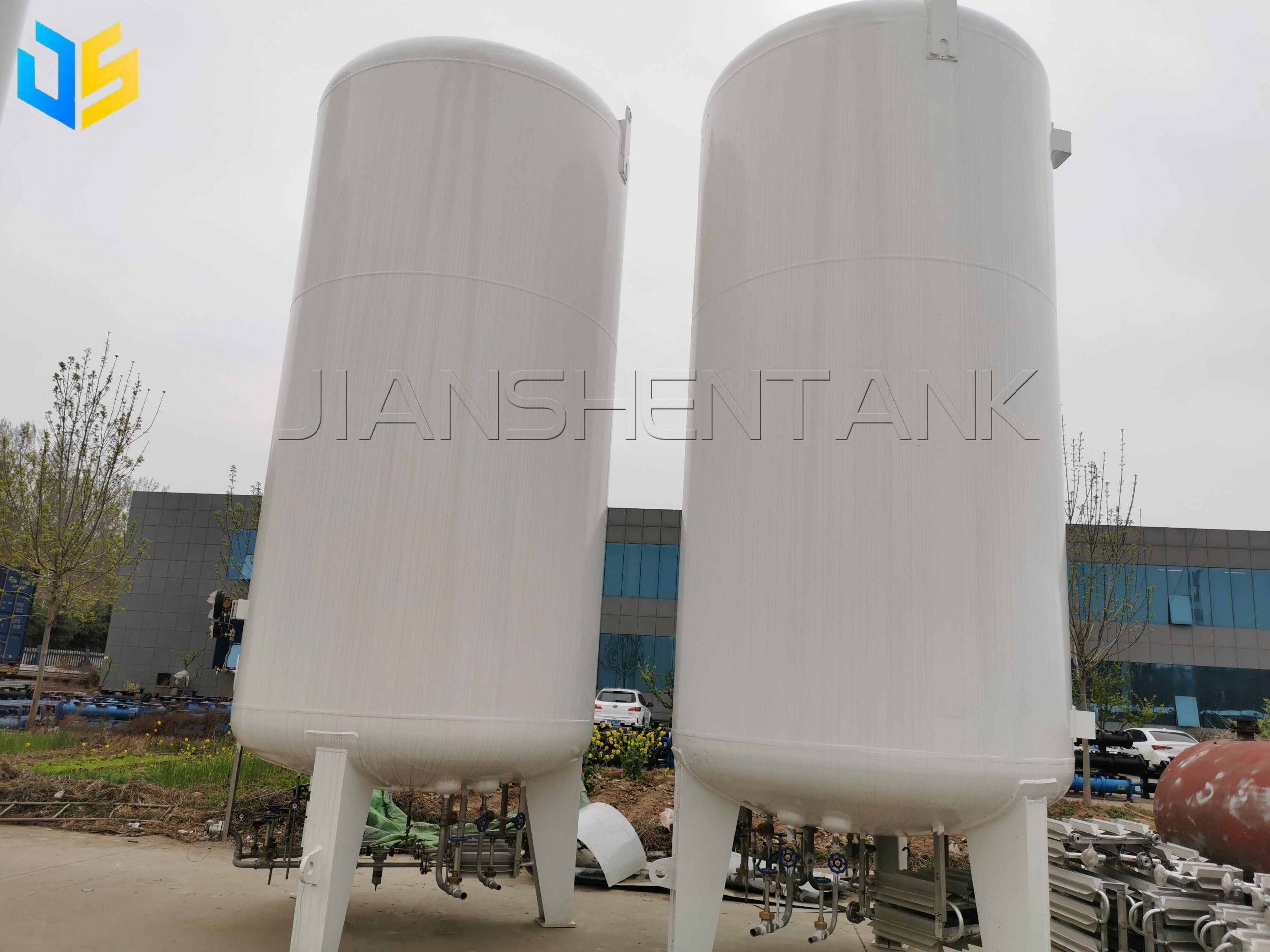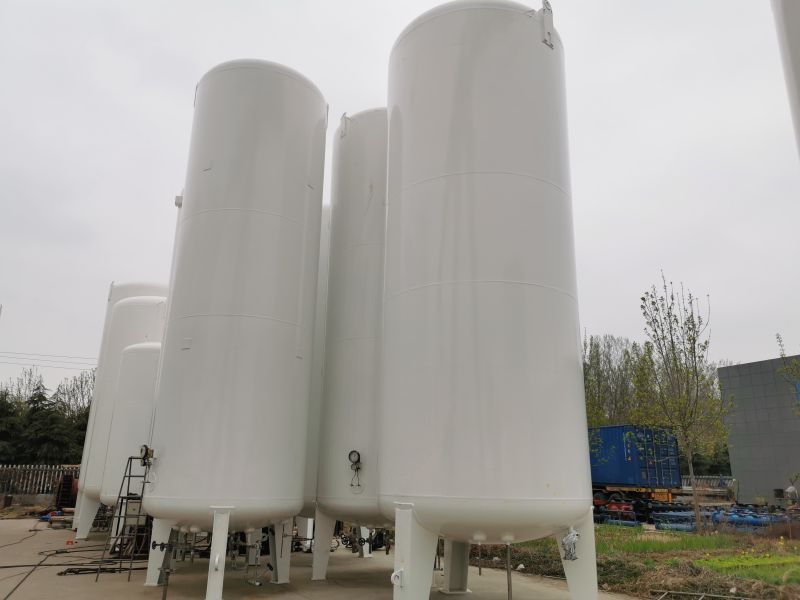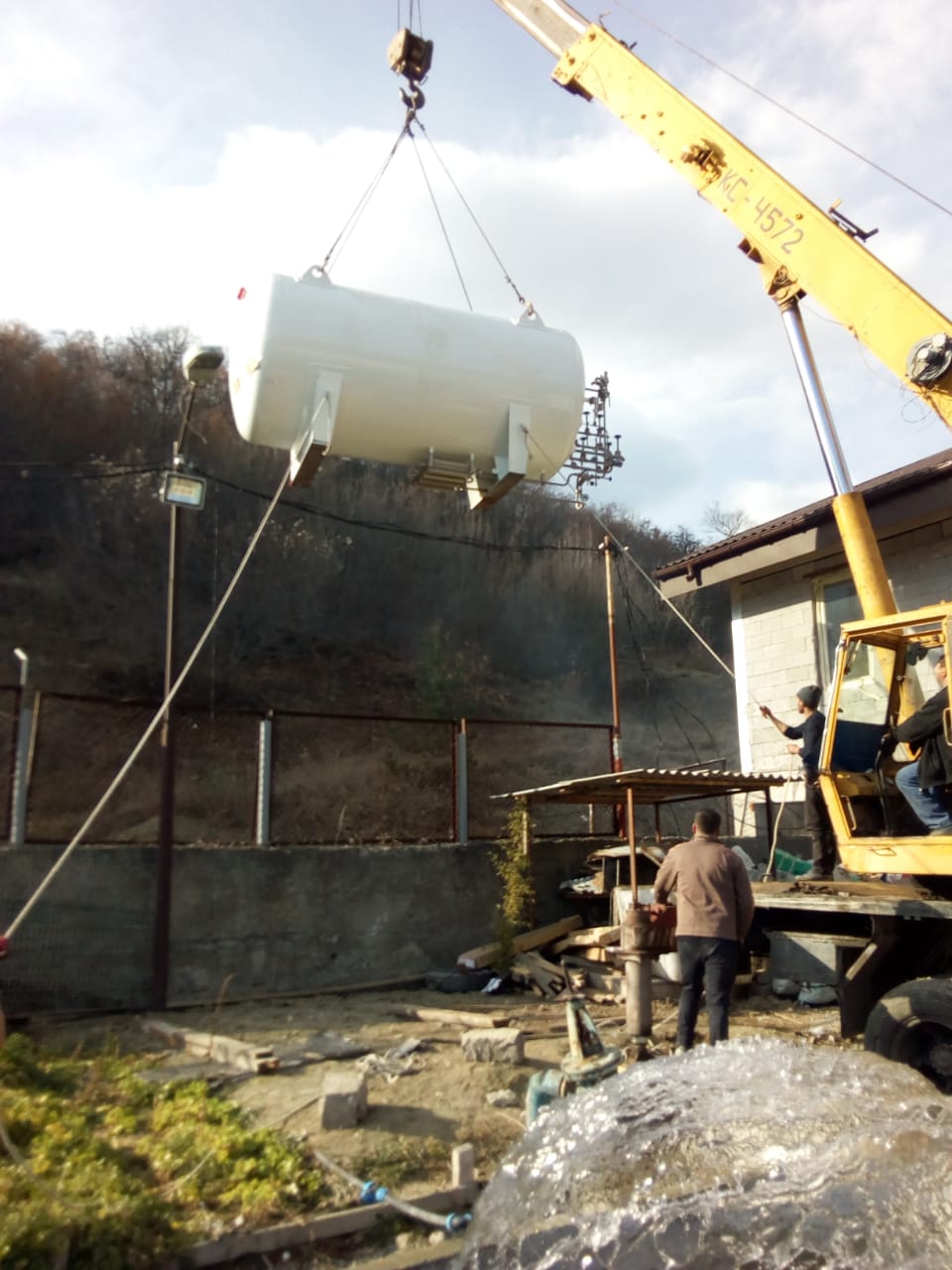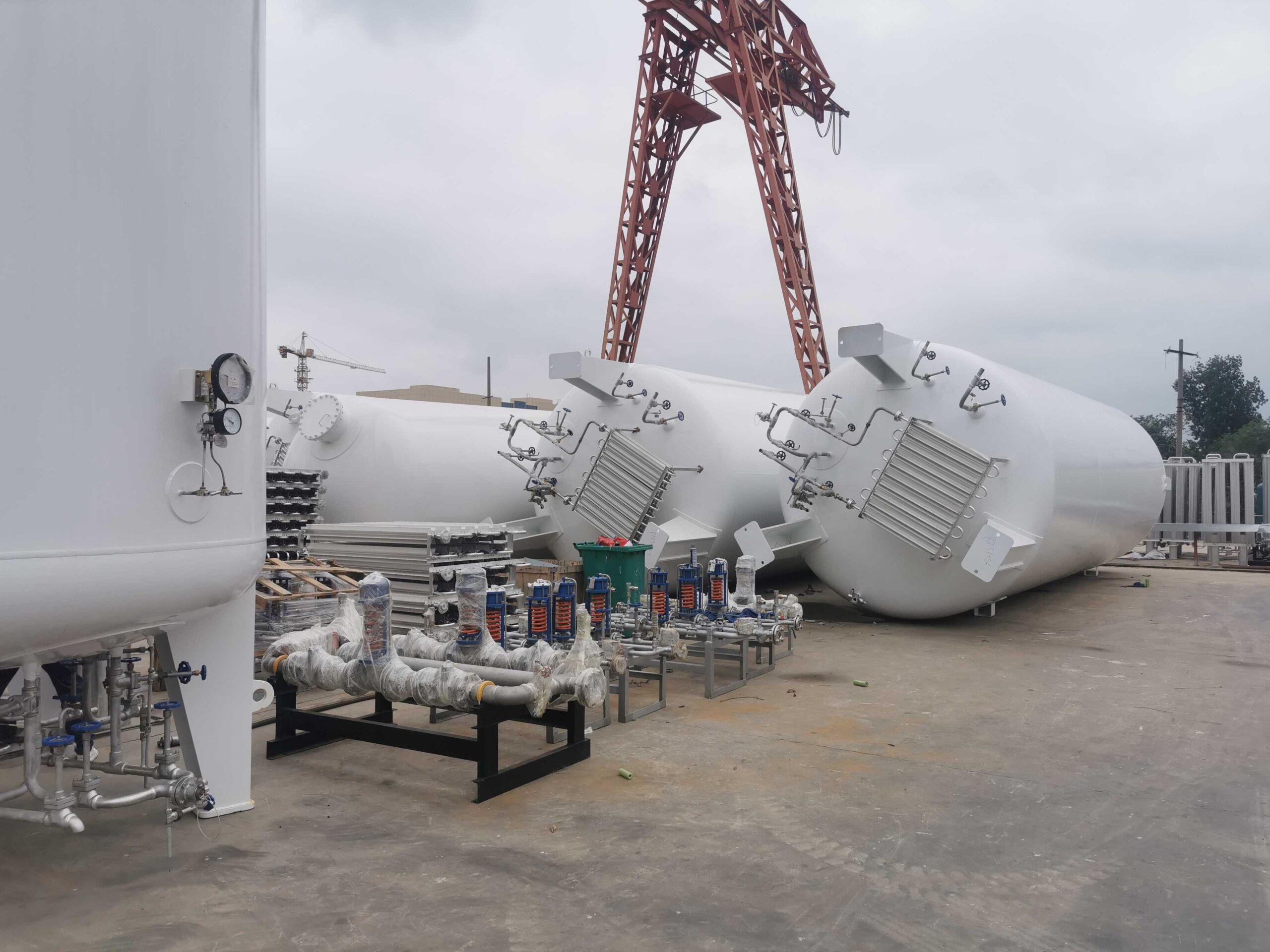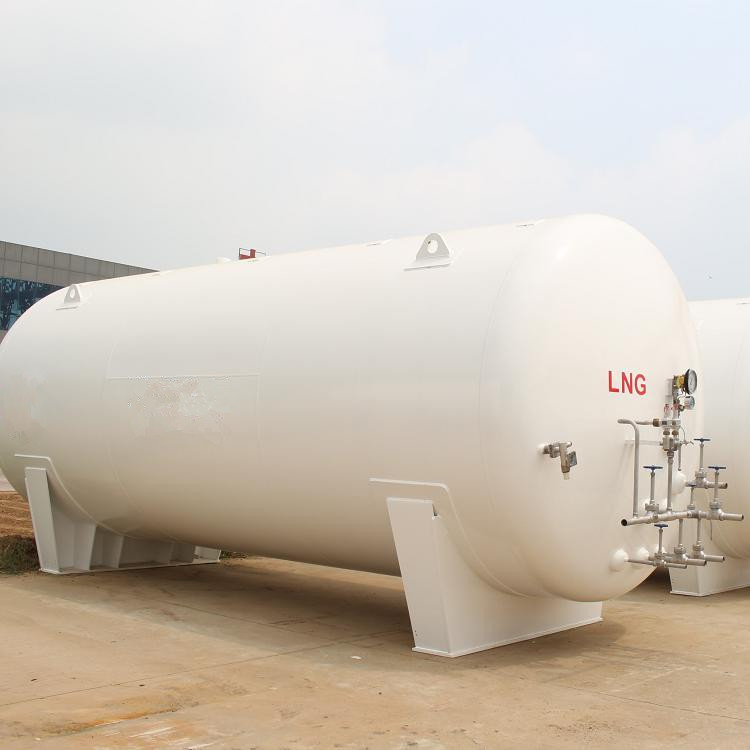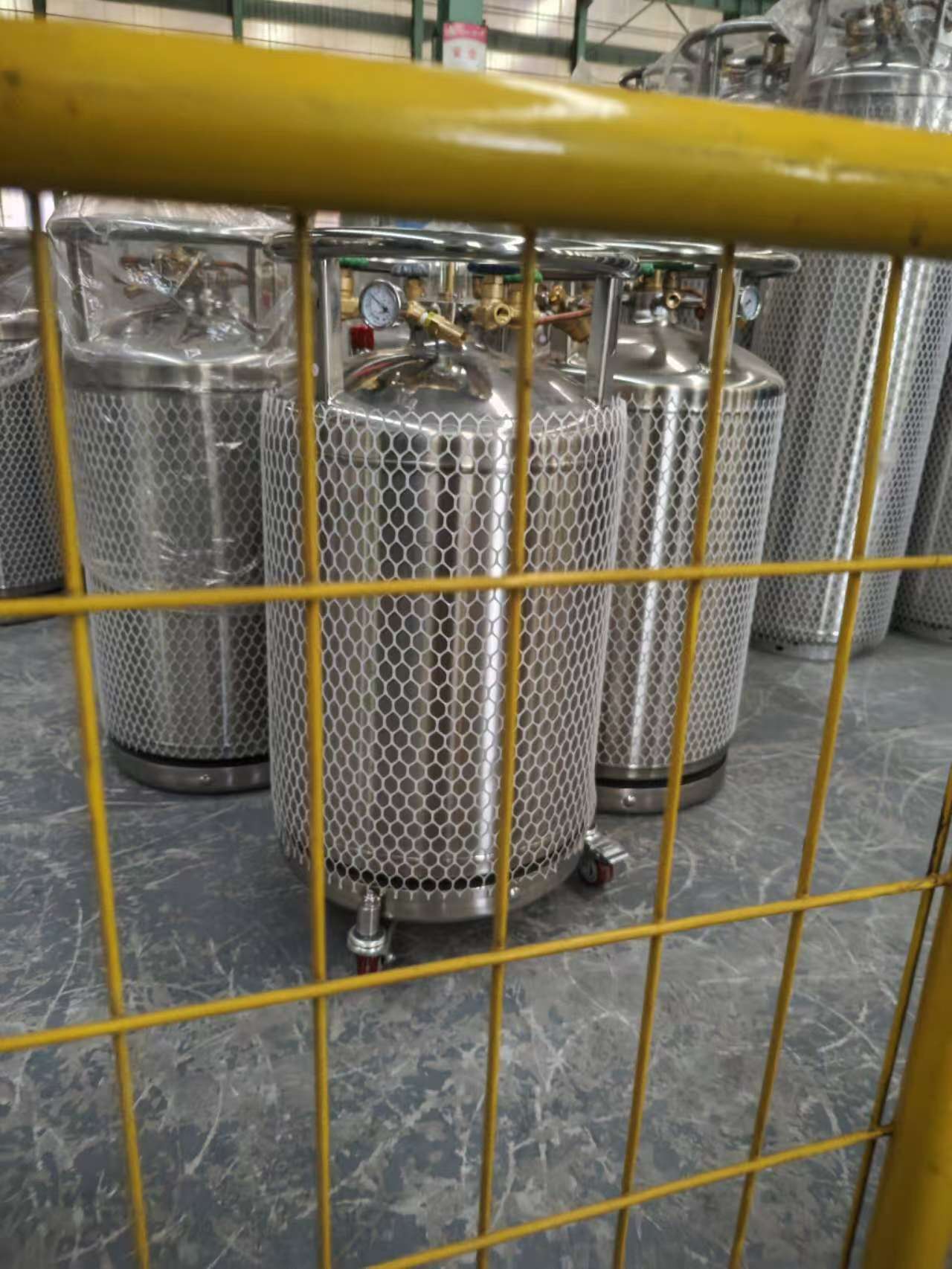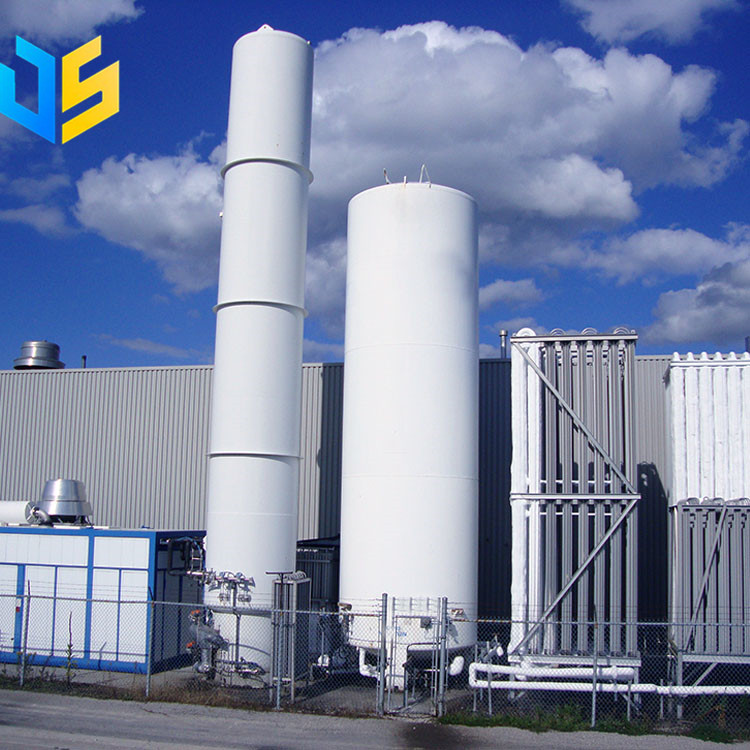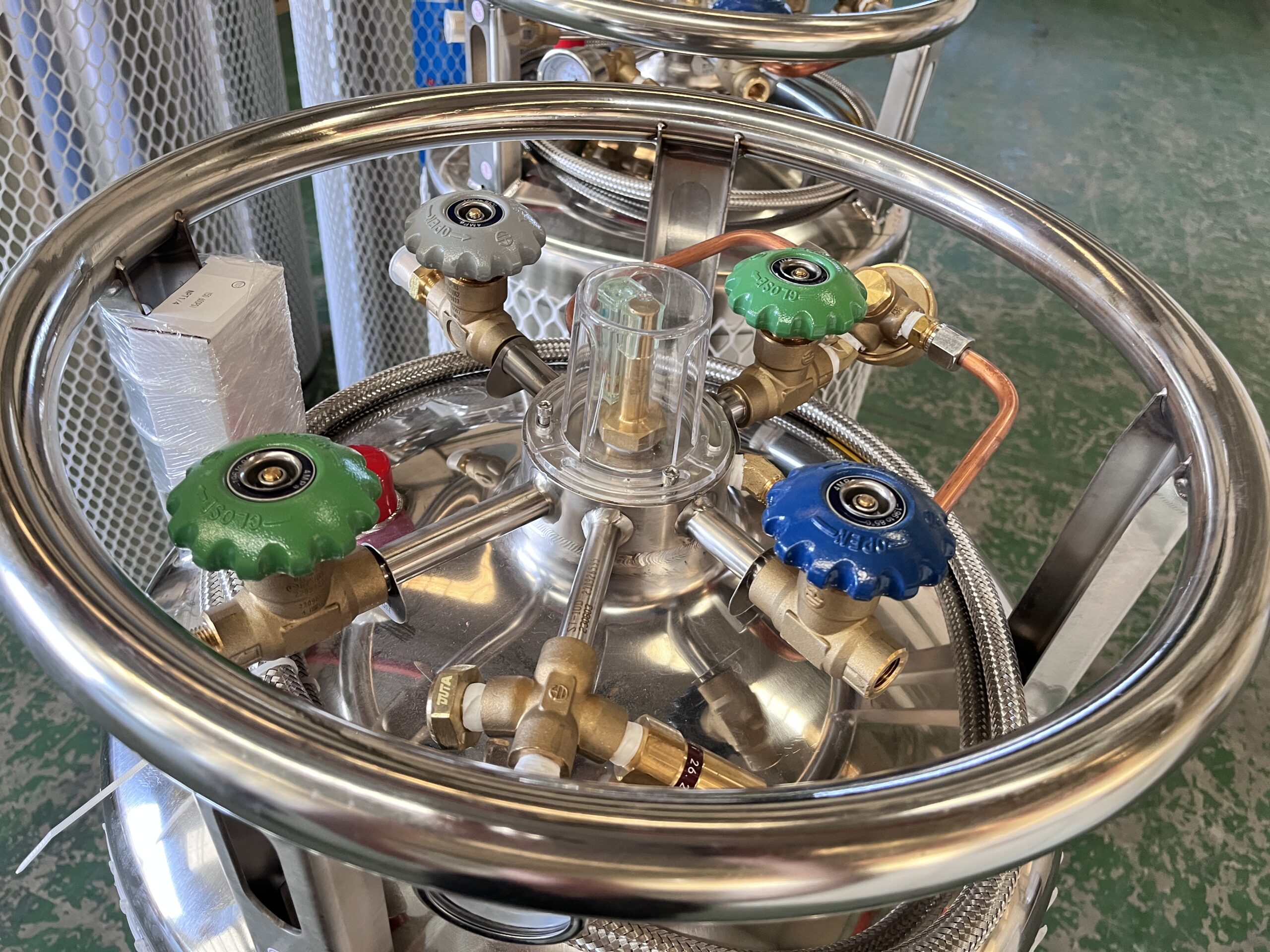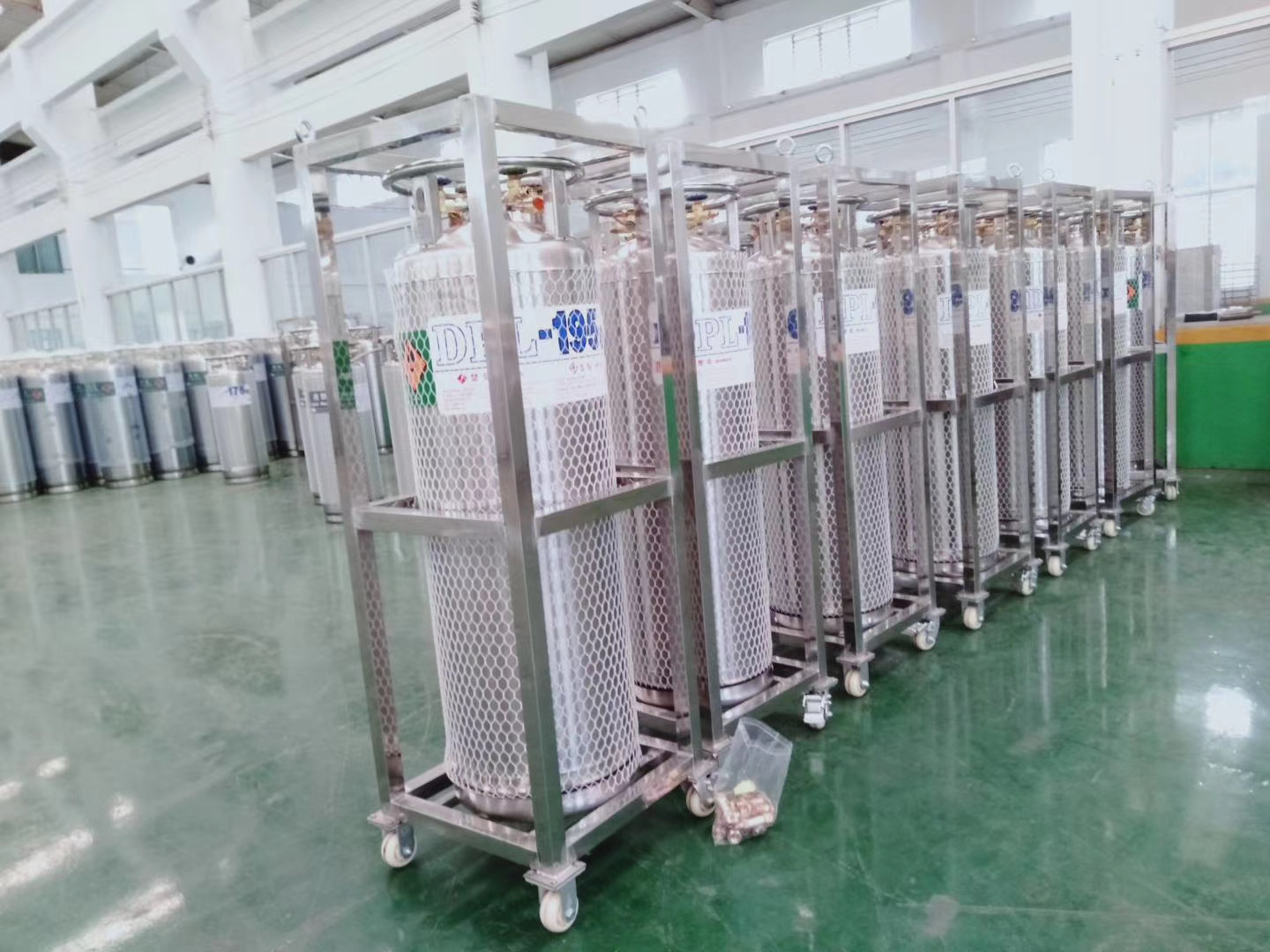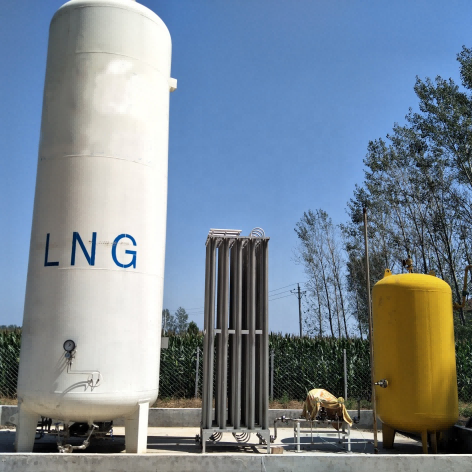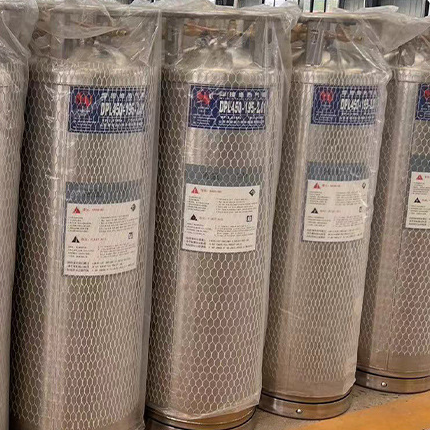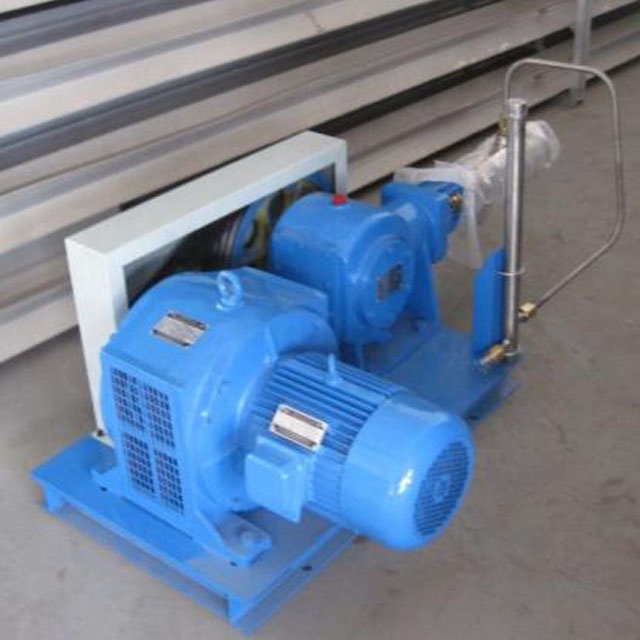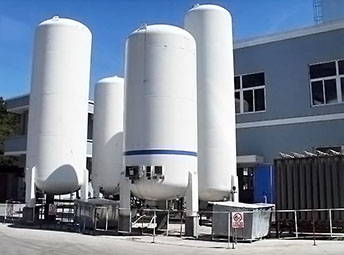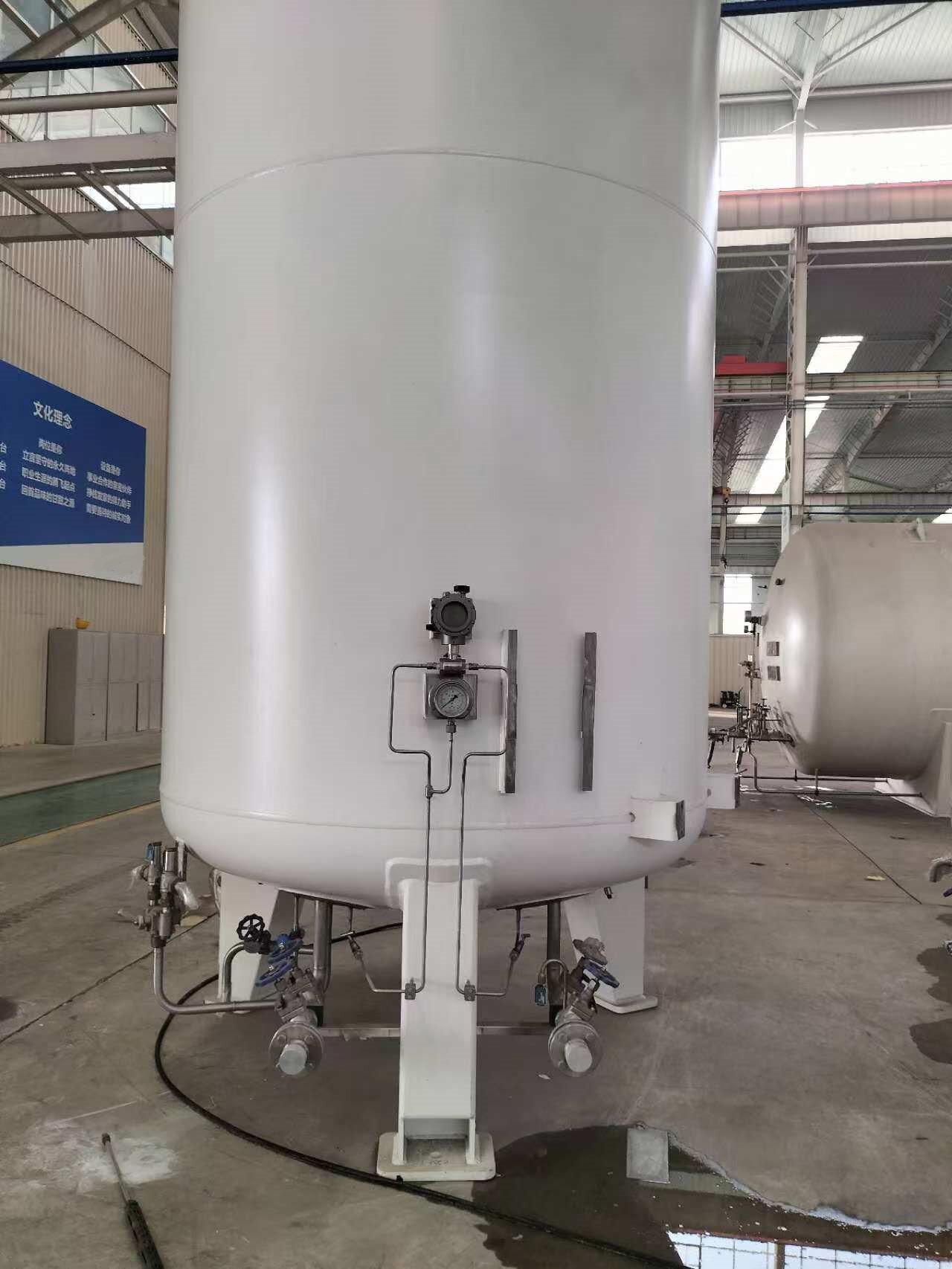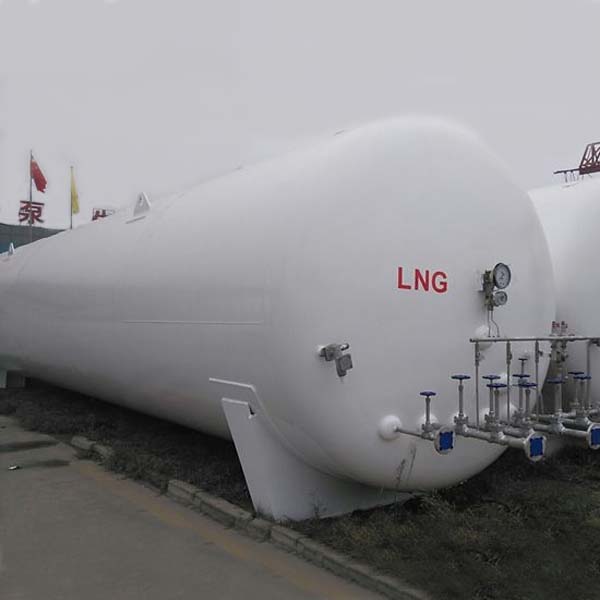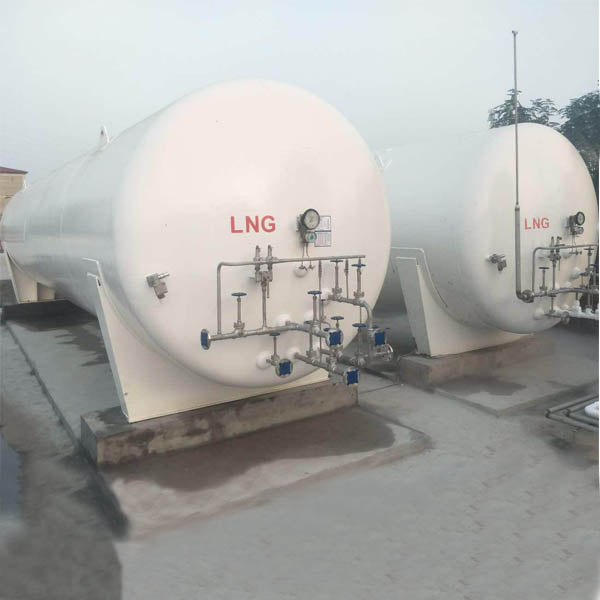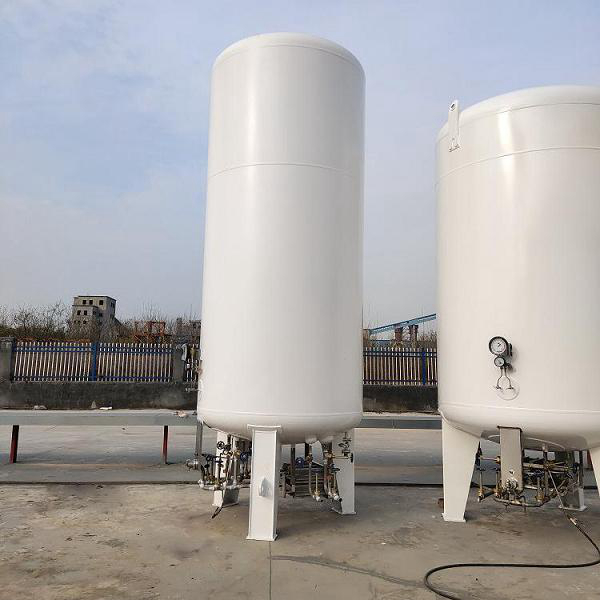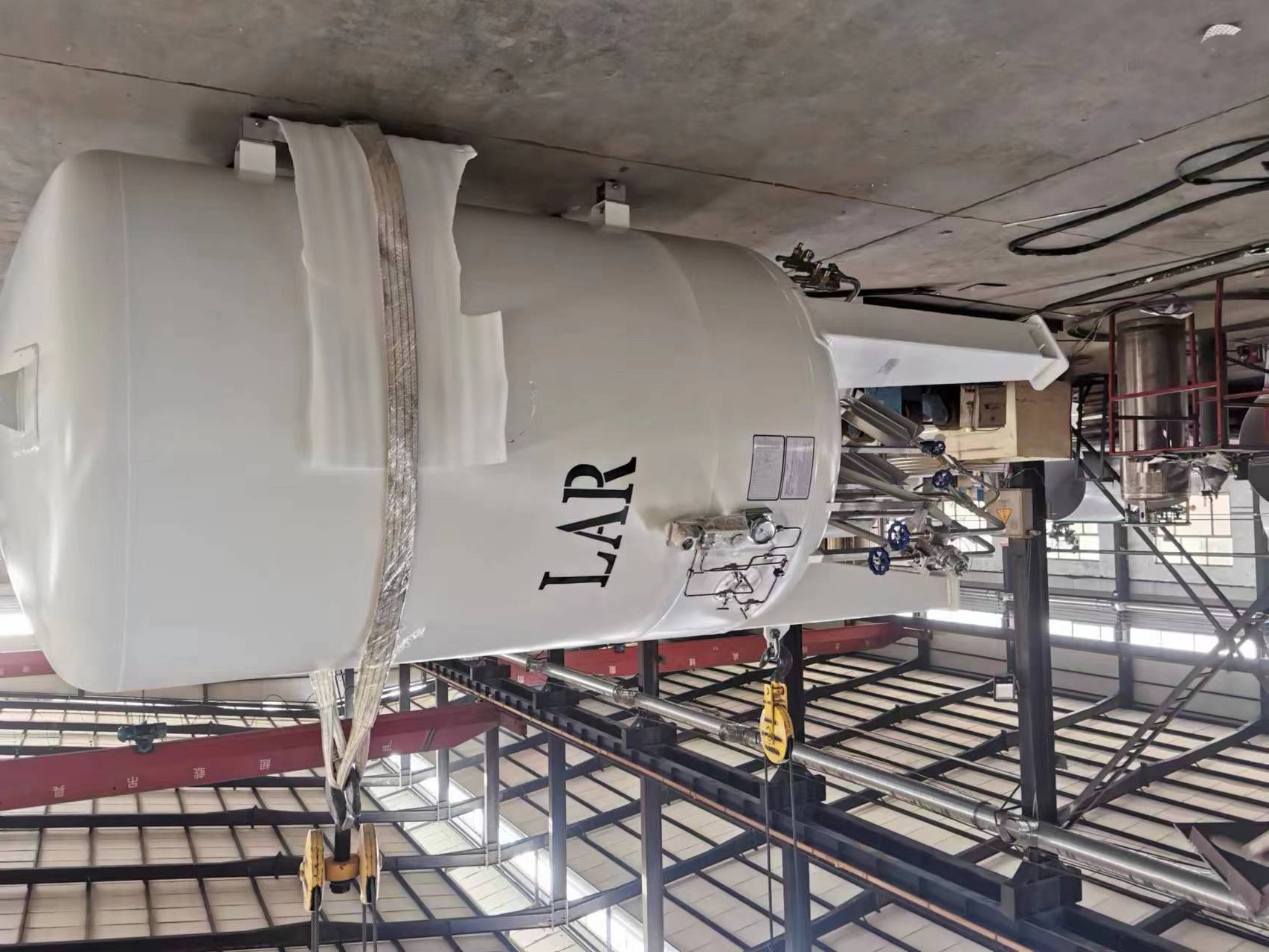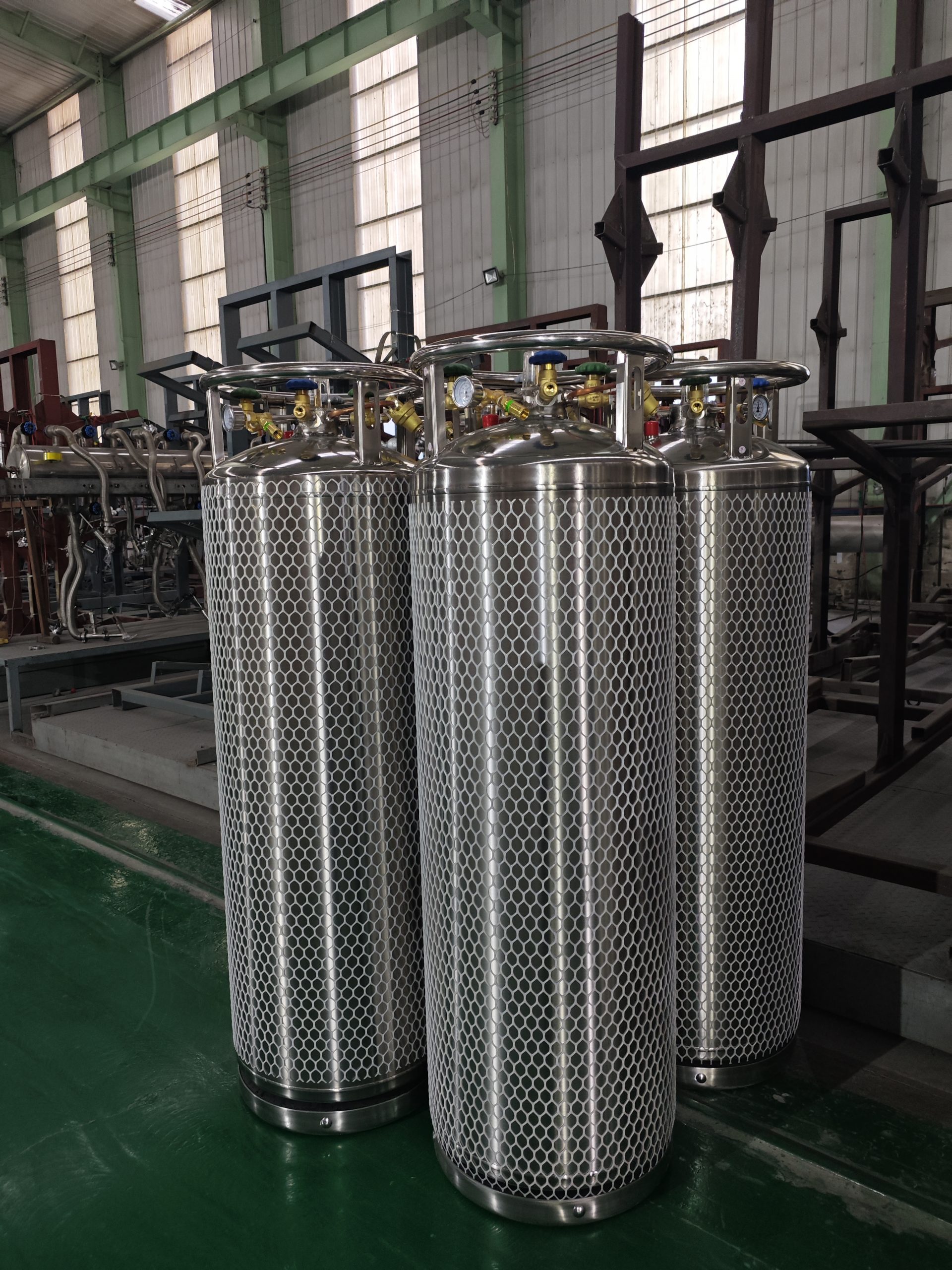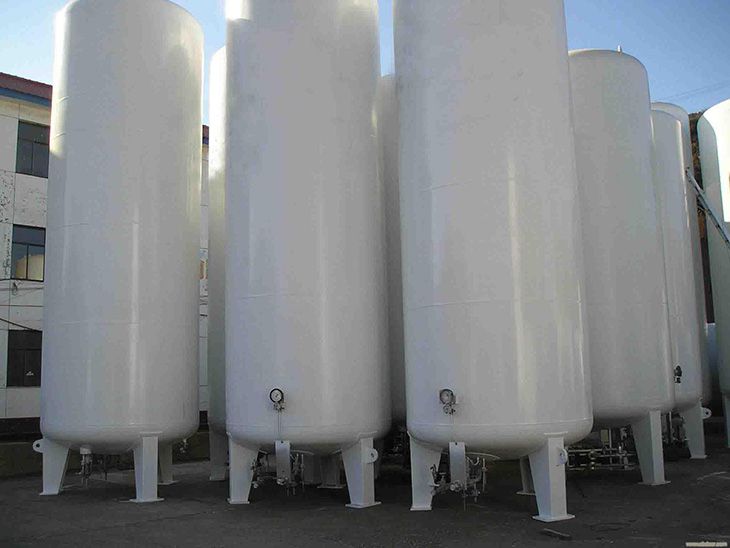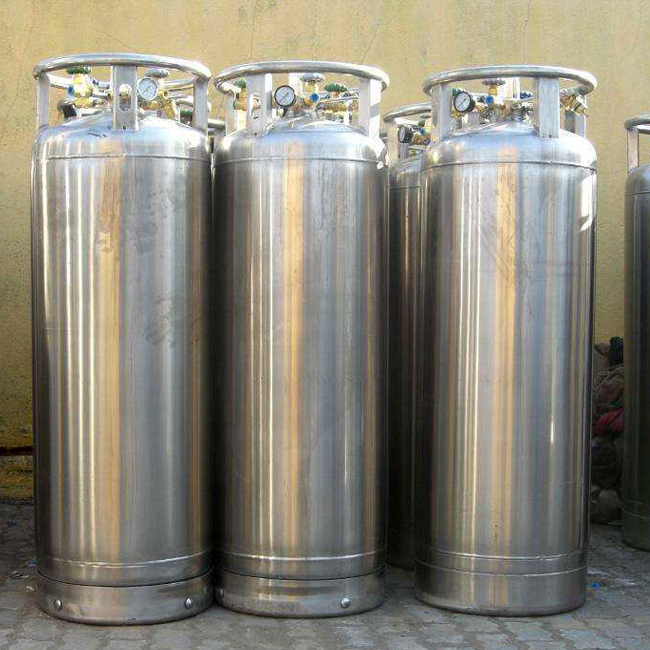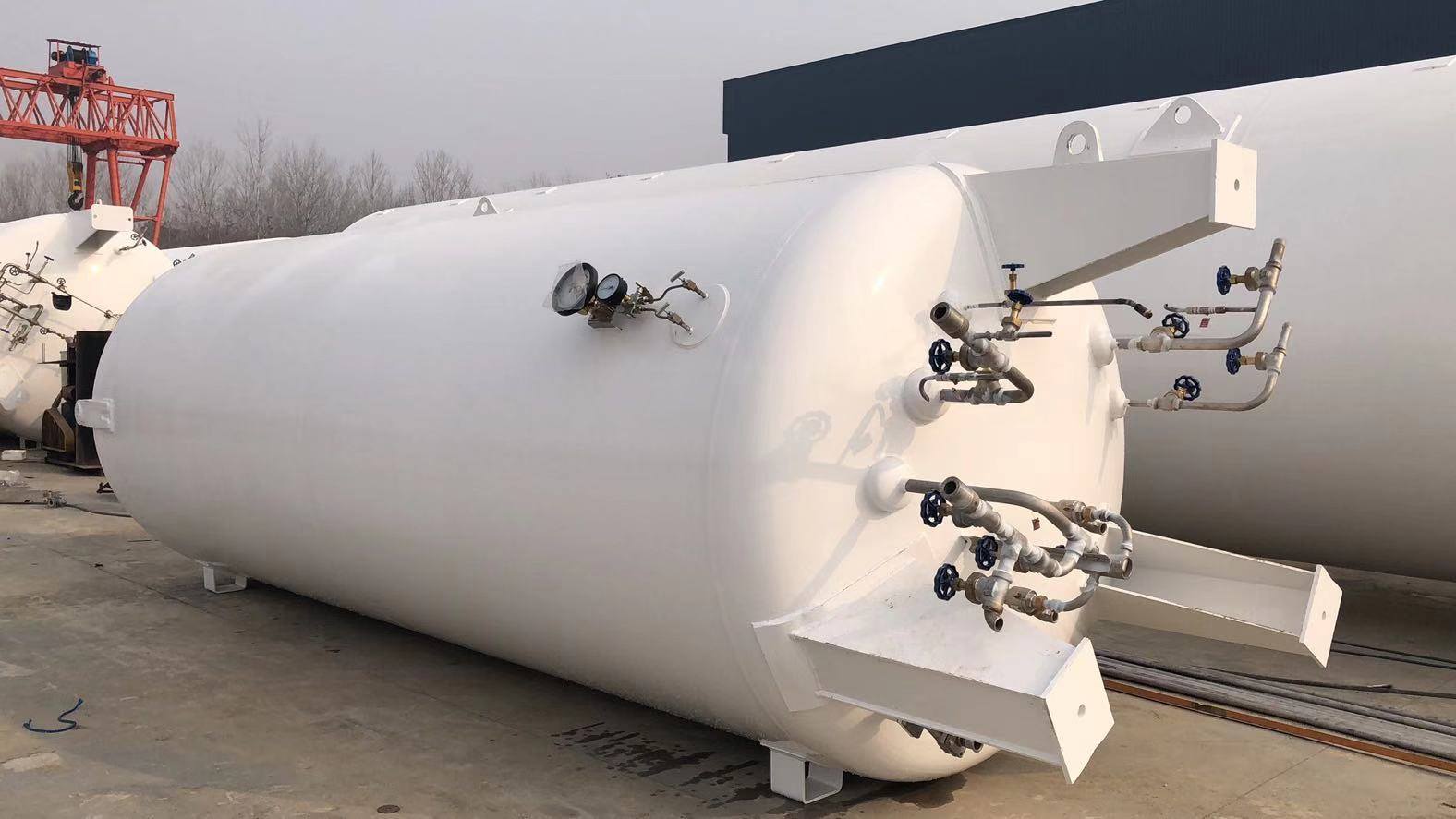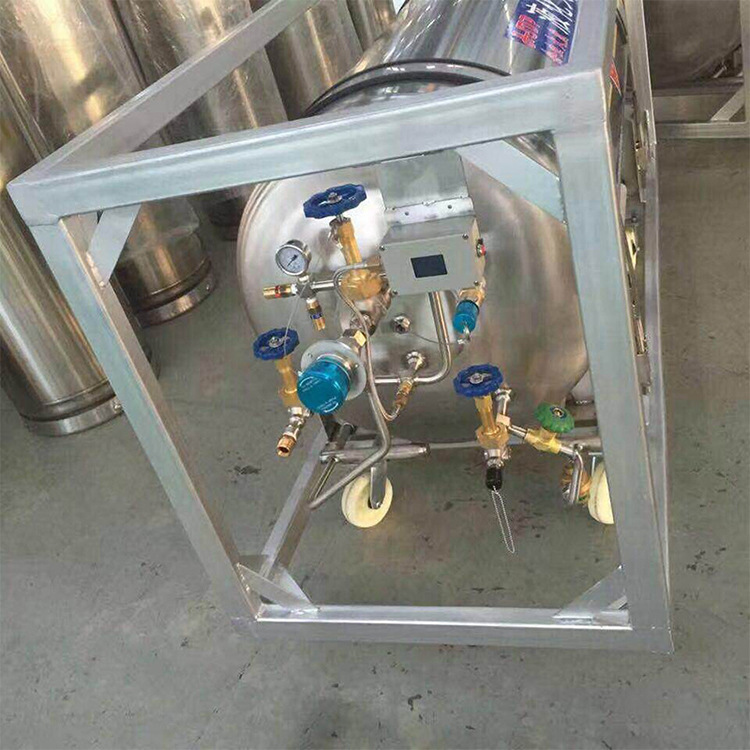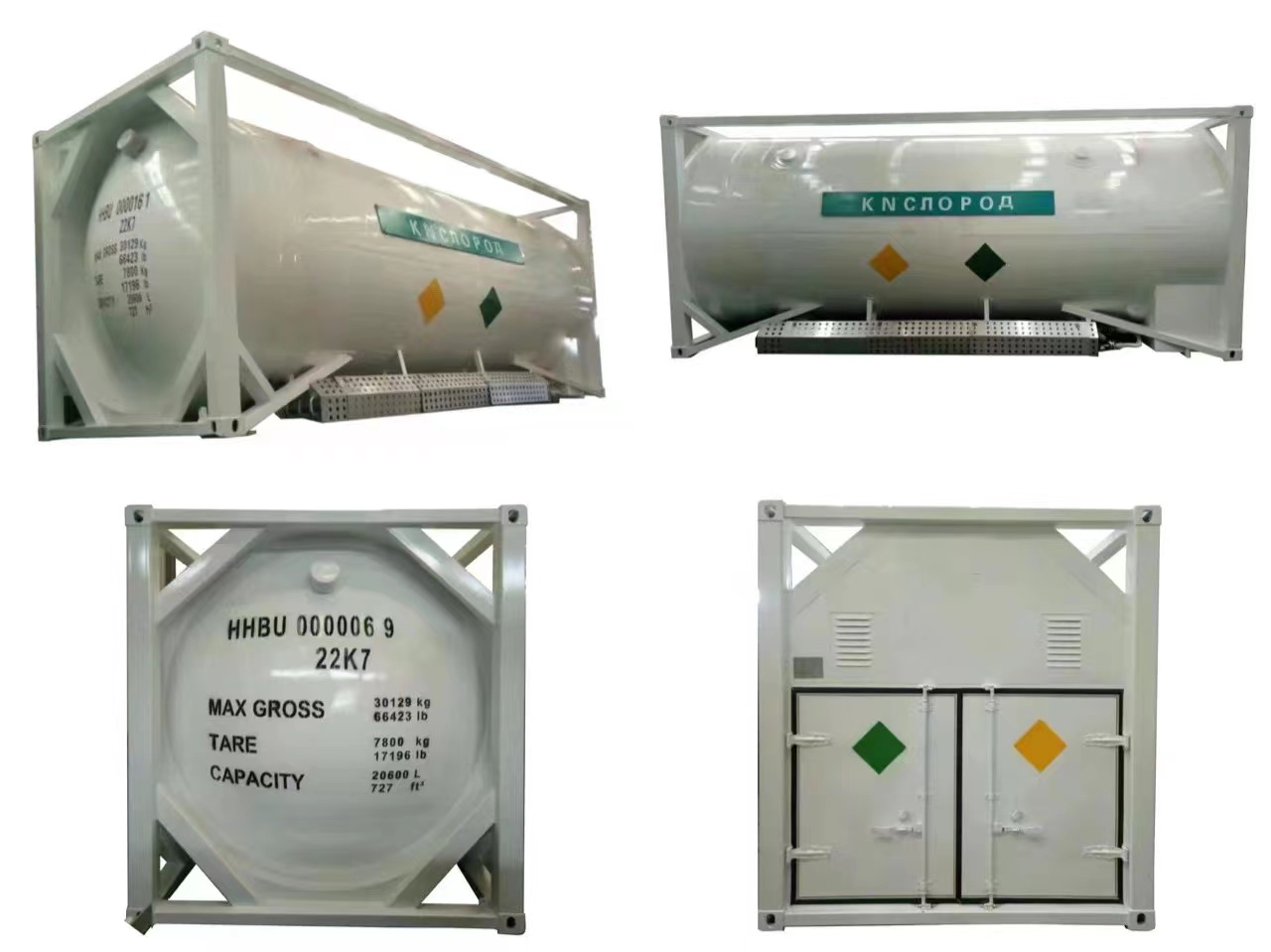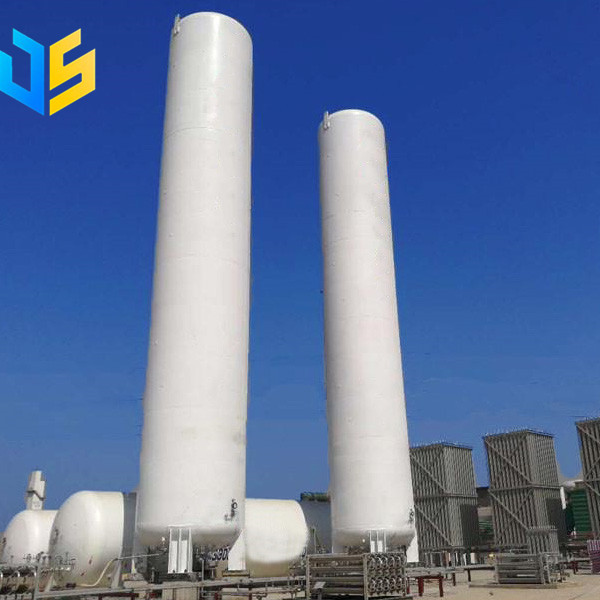Precautions for the use of cryogenic oxygen, nitrogen, argon and carbon dioxide storage tanks
Oxygen is a strong combustion-supporting agent, which can intensify combustion or even cause an explosion in an oxygen-rich environment. No combustibles are allowed around the 4 equipment containing liquid oxygen (oxygen). All parts in contact with liquid oxygen (oxygen) should be treated with no oil and confirmed Its compatibility with oxygen.
Oxygen is a strong combustion-supporting agent, which can intensify combustion or even cause an explosion in an oxygen-rich environment. No combustibles are allowed around the 4 equipment containing liquid oxygen (oxygen). All parts in contact with liquid oxygen (oxygen) should be treated with no oil and confirmed Its compatibility with oxygen. An oxygen-deficient environment can cause suffocation, which may result in serious personal injury or even death. Nitrogen, argon, and CO2 are all non-combustible gases. If they leak, they will reduce the oxygen concentration in the environment, and personnel need to be protected. Before disassembling any part or unscrewing the joint, first observe the location of the part, whether it must be emptied of liquid, or just use a safe way to release the pressure of volatile gas. At this time, the external valves and joints will become very cold, and should be protected during operation to prevent internal pressure from causing personal injury.

